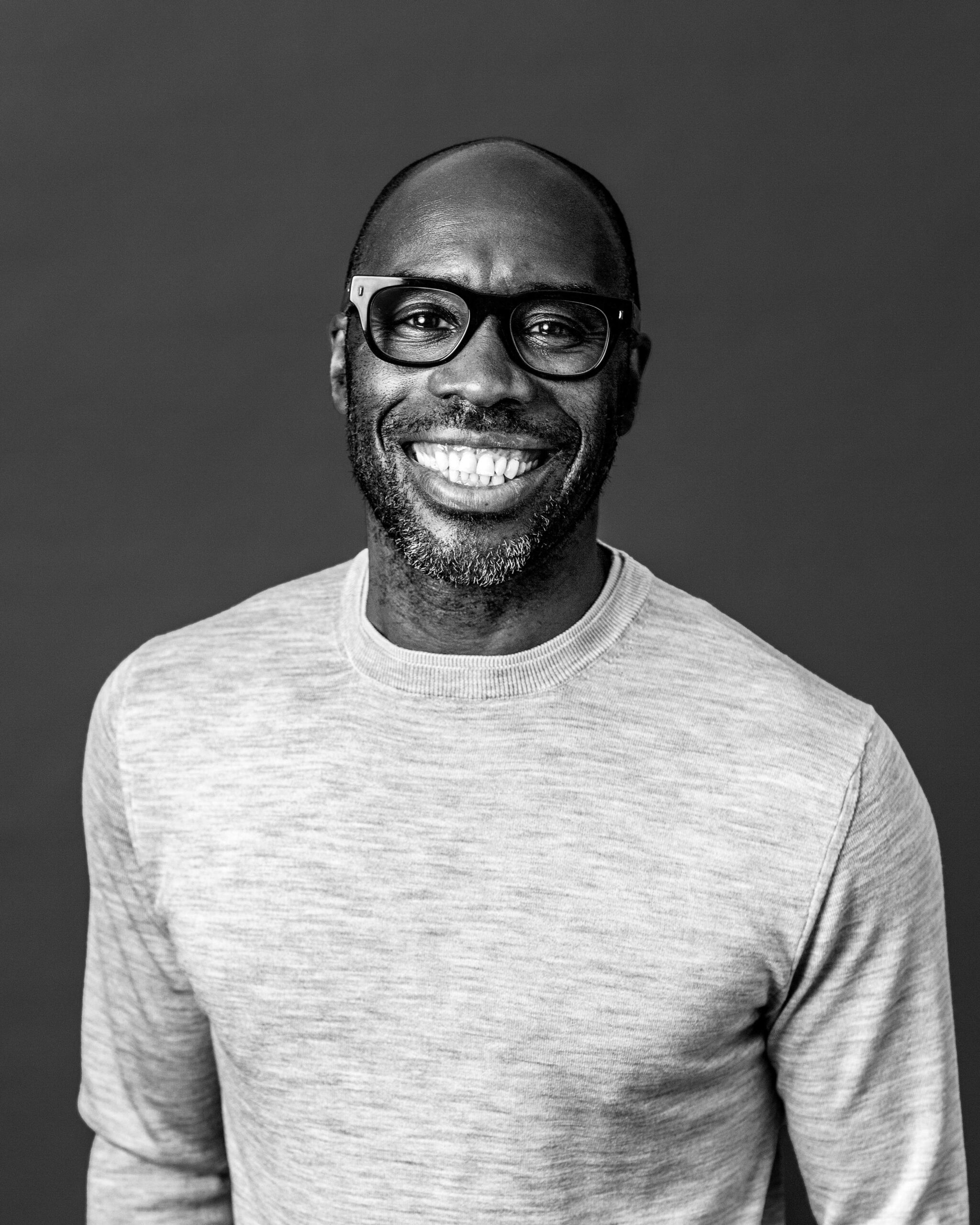Site Series
About Cleve Gibbon

Hey, I’m Cleve and I love technology. A former academic that moved into fintech to build trading platforms for investment banks. 20 years ago I switched to marketing and advertising. I joined a content technology spin-off from the Publicis network that was bought by WPP in 2014. I'm now at Omnicom. These pages chronicle a few of things I've learnt along the way…
My out-of-date cv tells you my past and linked in shares my professional network
Areas of Interest
- agentic (2)
- AI (17)
- automation (12)
- board (1)
- brand (3)
- change (1)
- cms (8)
- content architecture (7)
- content modelling (11)
- content platforms (5)
- content strategy (13)
- creativity (1)
- customer experience (6)
- dam (1)
- design (2)
- digital (8)
- enterprise experience (2)
- experiment (1)
- glossary (2)
- gtd (8)
- innovation (2)
- intelligent (8)
- leadership (1)
- marketing (5)
- news (7)
- owned media (1)
- platforms (5)
- productivity (11)
- standards (2)
- sustainability (3)
- technology (6)
- transformation (3)
- Uncategorized (18)
- work (1)
- workforce (1)
Category Archives: AI
MCP Servers: Giving LLMs Hands to Act
Dinner Talk & The Talent Crunch My wife and I had dinner last night with a Seattle‑based engineering couple.The husband was laid off in January; the wife voluntarily left her role soon after.Both landed new jobs—but only because they could … Continue reading
Posted in AI, automation, agentic
Leave a comment
The Agentic Slider: Reflections from Karpathy’s Keynote
I really enjoyed Andrej Karpathy’s keynote at AI Startup School in San Francisco. As the former Director of AI at Tesla, Andrej is both smart and articulate. His talk got me thinking—again—about agentic modes of work, especially the idea of … Continue reading
Posted in AI, automation, agentic
Leave a comment
Reshaping the Digital Workforce
AI is reshaping the digital workforce and our relationship with work. They are interconnected. We are witnessing and experiencing a significant upheaval in both the nature of work and the composition of the workforce. Not knowing what or how you’ll … Continue reading
Posted in digital, AI, automation, workforce
Leave a comment
Work Intelligence
Work intelligence combines Automation and AI to deliver better business outcomes within a future-ready digital workforce. Work Intelligence is coming. Let me explain. In the late nineties, as a newly minted computer science postgraduate, I built an application to help … Continue reading
Posted in AI, automation, intelligent, work
Leave a comment
AI Enabled
If you haven’t read the note below from Micha Kaufman, CEO of Fiverr, to his team about AI coming for their jobs, you should. So do that, then come back here. Done? Good. I agree with Micha. I’m a technology … Continue reading
Posted in AI
Leave a comment
Execution with AI
One of the fascinating aspects of language is the myriad ways to convey the same message. Different audiences require tailored messaging that resonates specifically with them. Today, the tech industry emphasizes that execution with AI is the future. However, let’s … Continue reading
Posted in technology, AI, automation
1 Comment
From AI Agents to AI Companions
As a teenager, I devoured ‘The Culture’ series by Iain M. Banks, which started in 1986. The series portrays ‘The Culture’ as a society that has moved beyond scarcity, where AIs play a crucial role in governance and societal structure. … Continue reading
Posted in AI, intelligent
Leave a comment
Towards AI Agents
The digital workforce is on the cusp of a revolution, an exhilarating fusion of human and artificial intelligence (AI) agents. This transformative wave promises to be nothing short of spectacular, yet it also poses a daunting challenge for those unprepared. … Continue reading
Posted in AI, automation, intelligent
Leave a comment
Digital Task-Based Workforce
A successful company will at start the day with valuable information. After completing a bunch of tasks, that company ends the day with even more valuable information. And from valuable information comes profit and growth. Today, the digital workforce is … Continue reading
Posted in intelligent, AI, automation
Leave a comment
Knowledge Workers in the AI Age
Knowledge workers use their intellectual skills to create, process, and share information. Scientists, architects, engineers, lawyers, teachers, analysts, planners, and software developers are just a few examples of knowledge workers that think for a living. They are key contributors to … Continue reading
Posted in AI, automation, intelligent
2 Comments
